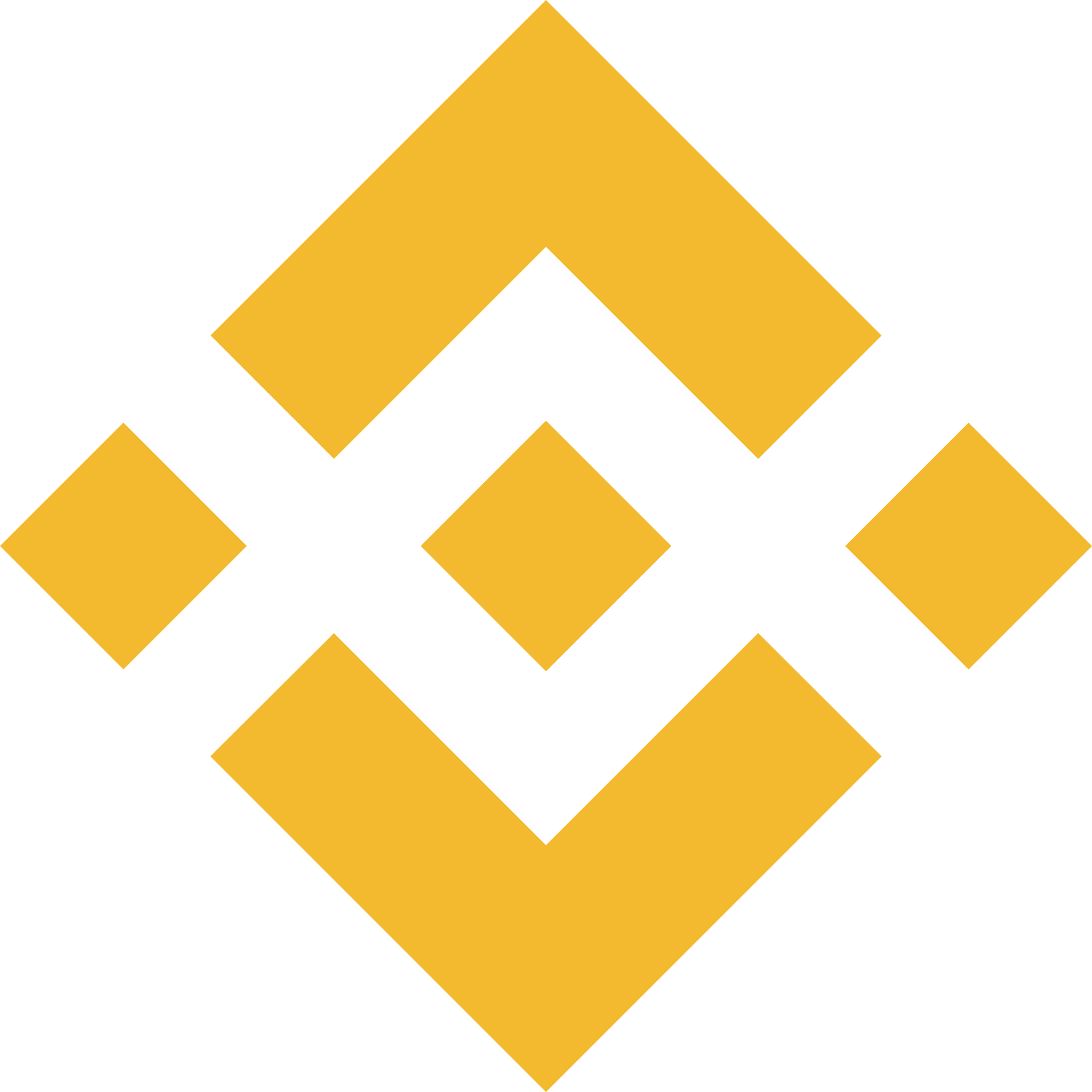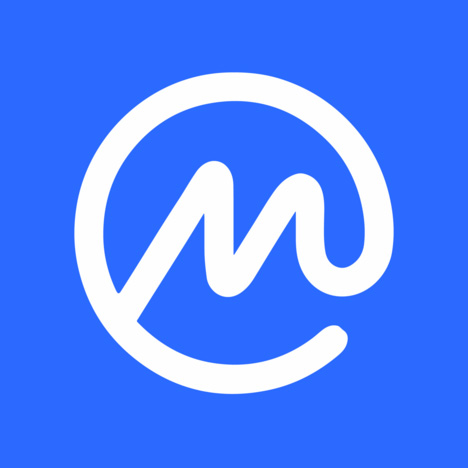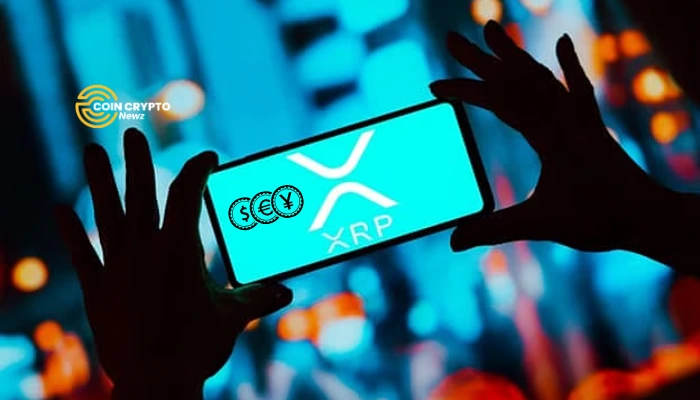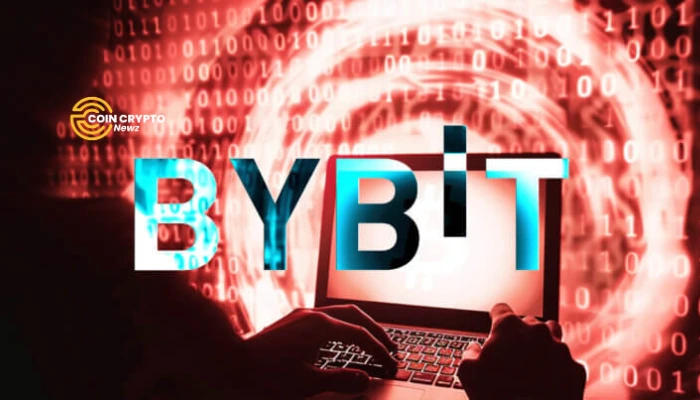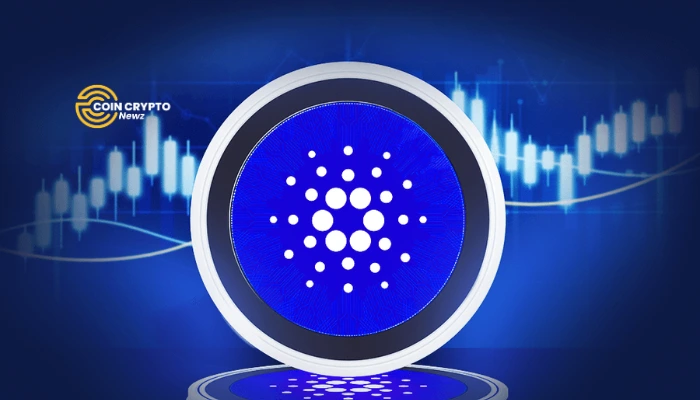- Panos sees XRP Ledger leading the financial revolution through RWA tokenization.
- Tokenization and IoV boost liquidity, cut costs, and increase accessibility.
- Experts forecast that tokenized assets may reach $16 trillion by 2030.
Panos Mekras, co-founder of Anodos Finance, says real-world asset (RWA) tokenization combined with the Internet of Value (IoV) will be the most significant financial revolution of the century. This will reshape the digital asset landscape and the global economic system.
Turning physical assets like real estate, bonds and commodities into digital tokens opens international markets and improves liquidity and accessibility. Forecasts say tokenized assets could reach $16 trillion by 2030. Mekras sees the XRP Ledger (XRPL) as a key driver of this change because of its speed, efficiency, and low fees.
RWA Tokenization Opens Up Market Access
RWA tokenization allows fractional ownership so more people can invest in expensive assets. It removes barriers to entry in markets like real estate and commodities. Unlike traditional systems that require banks or brokers, tokenization allows direct transfers between parties. This reduces costs and settlement times and ensures secure and transparent transactions.
Tokenized assets cover various classes, such as metals, bonds, and stocks, so investors have more options. Businesses gain more liquidity and have better capital management and financial flexibility.
XRP Ledger and IoV Drive Financial Innovation
IoV, as promoted by Ripple, envisions value moving as quickly as information. Tokenization and IoV mean instant asset transfers without intermediaries. Cross-border transaction delays and costs are reduced, and companies can avoid holding large currency reserves in foreign markets. XRPL plays a significant role in this. Known for 3-5 second transaction finality and low fees, XRPL supports tokenized assets without complex smart contracts. Decentralized means secure and scalable for global adoption. Mekras believes XRPL will be the tech behind future tokenization platforms.
Market Potential and Future Outlook
Industry forecasts say tokenized assets will be 10% of global GDP by 2030. Tech advancements, regulatory changes, and investor demand drive this. Tokenizing illiquid assets like art and land creates new investments and revenue streams. Smart contracts automate compliance, reducing operational burdens. Blockchain transparency builds investor confidence and market integrity.
As adoption grows, competition among platforms will drive innovation and lower fees. With Panos Mekras saying XRPL will be key, the combination of RWA tokenization and IoV is the new era of finance. Markets will be more inclusive, accessible, and efficient, and how value will be transferred globally.

